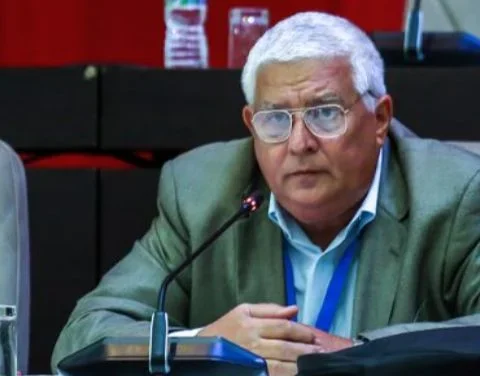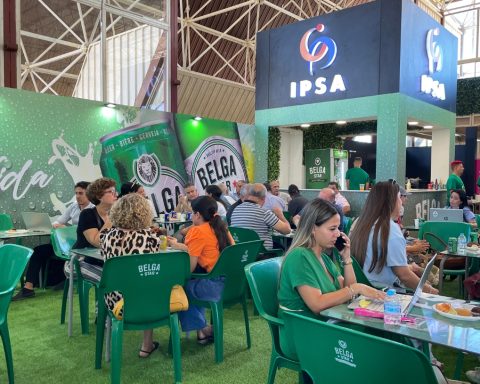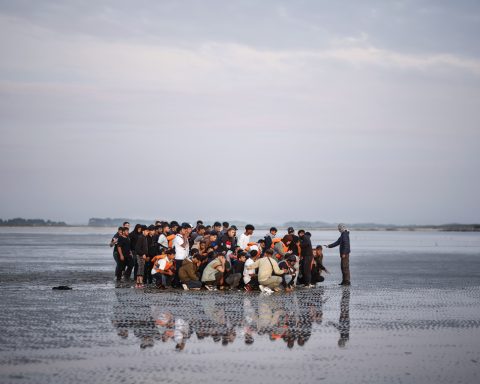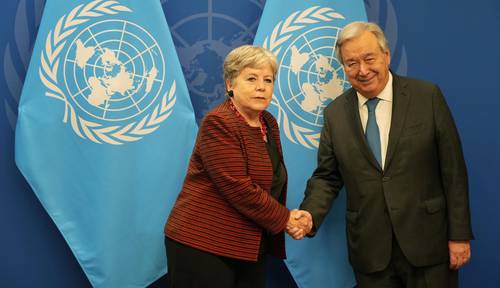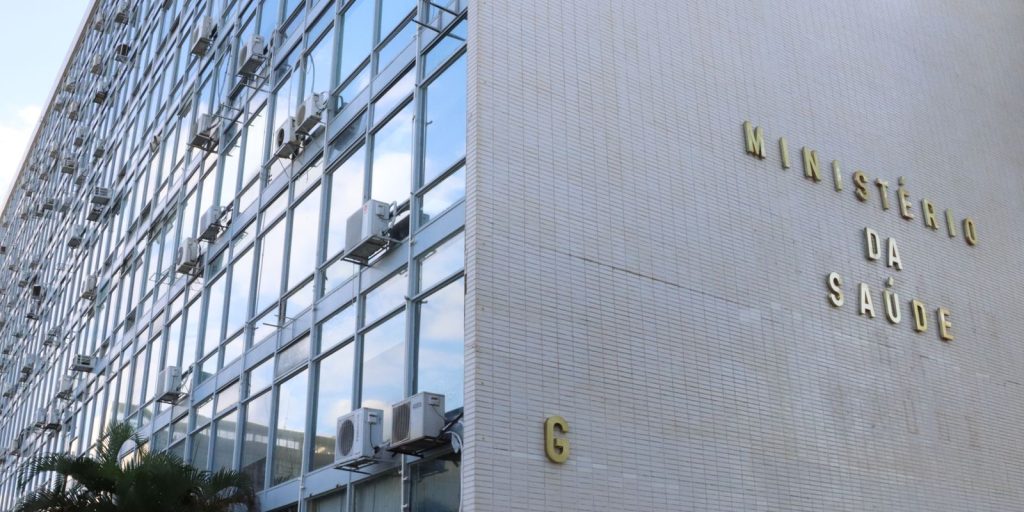HAVANA, Cuba. – Cubans know the appearance of many fish from photos and cannot even imagine their taste. On the Island, eating fish is a luxury; seafood is exclusive to the political or wealthy elite. Not even the meager monthly fish diet for sick people is met. Several generations of Cubans have never tasted seafood.
Until August 2024, the total catch was only 53% with 15,620 tons, which represents a decrease in relation to the previous year. On the other hand, industrial production was fulfilled at 67%, as announced by engineer Armando Posada Lóriga, president of the Fishing Business Group, in two broadcasts of the official program Round Table in mid-September.
From these data we can see the very precarious state of fishing activity, due to the need to increase the technical availability of vessels, fishing gear and sufficient technological and refrigeration equipment. In past years, the sector did not have financing, but in 2023 it was able to import 1.9 million dollars for fishing gear, and in 2024 it has 5 million, said the manager. In addition, the official referred to the need for diesel fuel, electricity and ice, which also affects the lobstermen, who make one of the few contributions of foreign currency in the country. That probably will not be resolved in the short term, due to the economic crisis that affects all sectors.
The business group, which covers spawning, cultivation, capture, industrialization and marketing of fish, was created in 2021 and has 30 companies, of which 23 produce food.
At the beginning of the 1960s in Cuba, the National Fisheries Institute was established, whose director responded to the then Prime Minister, Fidel Castro. The formation of cooperatives and various companies also began, and the construction and acquisition of ships for the Gulf Fleet was encouraged, as well as the capture of tuna in the Atlantic Ocean with Japanese advice. However, the campaigns were diminishing and the ships deteriorating, while other economic sectors and plans were prioritized, such as the Harvest of the Ten Million.
The technical director of the Fishing Business Group, Laura Izquierdo García, explained in one of the aforementioned Round Tableswhich carries out an investment process of technological improvements “to increase the yield of raw materials and reduce the consumption of energy carriers, the use of renewable energy sources is stimulated and the increase in the technical availability of vessels.”
Likewise, he highlighted that as part of the Aquaculture Development Program The recovery is planned with priority to the production of fingerlings, the completion of the vessels and the acquisition of new mince machines, freezing tunnels, ice plants and plate freezers.
Regarding the Technological Equipment Acquisition Program, he mentioned that the industrial plant has affected more than 50% of its installed capacity, as a consequence of the technological obsolescence of the equipment, its non-replacement and the lack of maintenance. With the export income, the company will have to solve it. Izquierdo García stated that the introduction of new machines in the industry is essential for all lobster plants.
Currently, the production of companies dedicated to fishing in several territories is insufficient to “self-suppose” the respective provinces. Low yields are also seen in boat fisheries, cultivation per hectare, as well as in the use of raw materials in industry and due to the deterioration of fuel, raw materials and input consumption rates.
Finally, Armando Posada Lóriga referred to the work projections aimed at increasing and diversifying exports, aquaculture, “the only objective way to provide more national fishing products to the population.”
Officials showed great interest in reviving fishing in Cuba. If they advance, they would contribute to mitigating the hunger suffered by the majority of Cubans.

